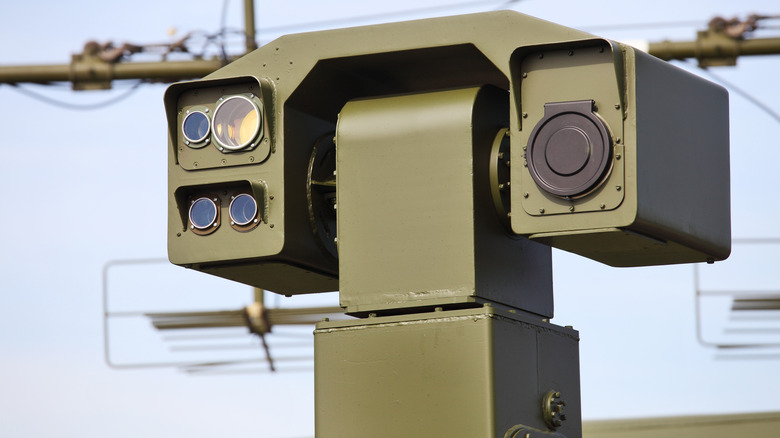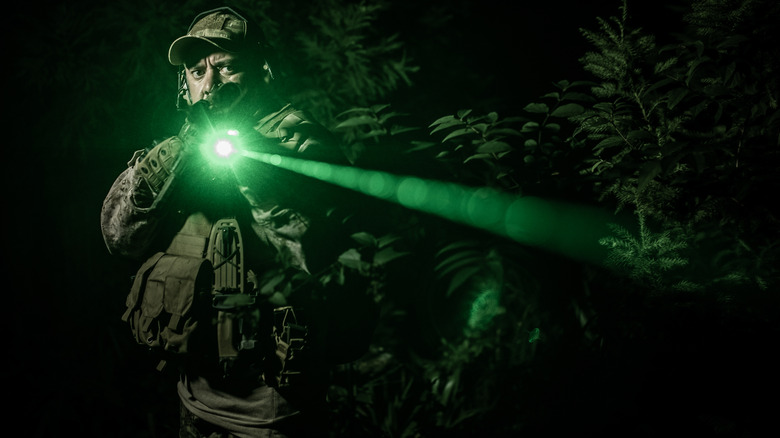What Exactly Is A 'Military-Grade' Laser & How Dangerous Is One?
When people hear the term "military-grade laser," it often sounds like something out of a sci-fi movie. The phrase gets thrown around a lot, especially in headlines and tech talk, but it's not always clear what it really means. It brings to mind power, precision, and maybe even danger, but that doesn't tell the full story.
A military-grade laser isn't one specific tool but a broad category of laser devices used by different military branches. These range in power, wavelength, and application, but all operate by focusing coherent light for strategic use. Systems like the AN/SEQ-3 LaWS and HELIOS are examples of laser-based weapon platforms, while other lasers are mounted to vehicles or aircraft and integrated with targeting and sensor technologies. What defines them isn't just their power output, but how they're engineered for military conditions.
Military-grade lasers can be extremely dangerous and are capable of burning through drones, missiles, and even small boats or vehicles. The U.S. Army has tested a 50-kilowatt laser mounted on a Stryker vehicle that is powerful enough to shoot down mortars and helicopters. The Navy's 60-kilowatt ship-based system can neutralize fast-moving ocean threats, and the Air Force is refining airborne lasers for missile defense. Some prototypes draw up to 300 kilowatts, delivering focused energy to melt or vaporize targets. These weapons need to stay focused on a target for a few seconds to work and don't perform well in smoke or fog, but in clear skies, they can cause serious damage.
Military-grade lasers are taking aim at the future of warfare
As technology improves, the move to further miniaturize military-grade lasers is reaching beyond manned vehicles to drones. This means that eventually, drones equipped with these lasers, also known as direct energy weapons, or DEWs, would be able to take down enemy craft. There may even come a time when lasers could replace bullets, which means battlefields could look more like something out of Star Wars than the world we know.
There's so much interest in this technology that not only is the U.S. Army moving forward with a high energy laser program, but countries like Russia and China are also investing in laser weapons to fight against drones and missiles. These systems are precise and cost-efficient as there's no need to carry traditional ammunition and each shot costs less than a missile. As international tensions rise and defense budgets grow, laser technology is being prioritized as a key piece of future battlefield strategy.
But making today's lasers dependable in combat hasn't been easy, and there's still some work ahead. The U.S. Air Force's effort to mount lasers on fighter jets was scaled back in 2024 after delays and performance issues. The so-called Self-Protect High Energy Laser Demonstrator program, or SHiELD, ran into challenges like managing heat, ensuring sufficient onboard power, and maintaining effectiveness in bad weather. While lasers still show promise, especially for countering drones and missiles, making them a dependable frontline weapon has proven more difficult than expected.

